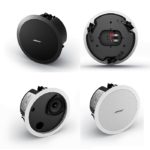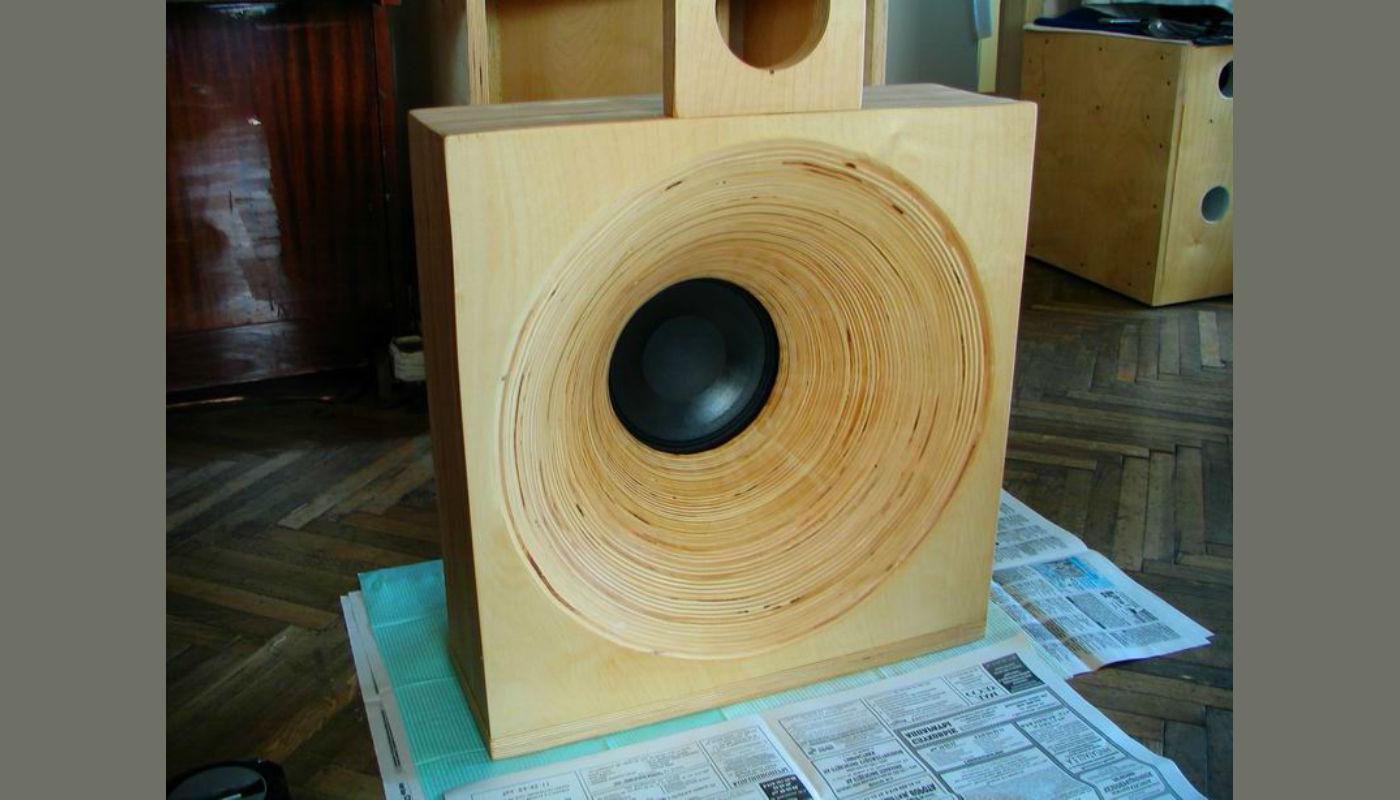Which speaker frequency range is better?
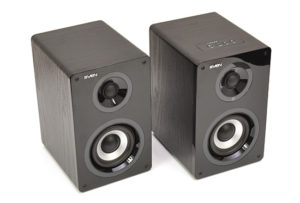 Watching your favorite movie or listening to music is always more enjoyable with high-quality sound. How to choose an audio system to suit your needs and preferences and not overpay if there are a huge number of them on the market? In this article we will talk about the main characteristics that you need to pay attention to.
Watching your favorite movie or listening to music is always more enjoyable with high-quality sound. How to choose an audio system to suit your needs and preferences and not overpay if there are a huge number of them on the market? In this article we will talk about the main characteristics that you need to pay attention to.
The content of the article
Purpose
The first and most important thing is to determine why you plan to purchase it:
- personal computer;
- home theater systems;
- music player.
Estimate the volume of the room where it will be installed. The required power, dimensions, and, accordingly, the budget will depend on these two factors.
System selection
According to the range of reproduced frequencies, acoustic systems are divided into the number of bands. If you are not a music lover and you don’t have any special requirements for quality, then a single-way system is suitable for you - one speaker works for all sounds. This is the simplest, budget option. But the most common are two and three-way. In the first case, one speaker will have one mid and low frequencies, the other will have high frequencies. In three-band, each range has its own speaker. The more bands a system has, the better the sound.
Power
Let’s be clear right away – volume and power are two completely different parameters. In essence, power determines the mechanical reliability of the system. The higher this indicator, the speakers will last longer.
IMPORTANT: When choosing a speaker system, make sure that the power rating of the speakers and amplifier is equal. The speakers will simply fail soon if the amplifier power is higher.
Sensitivity, frequency range
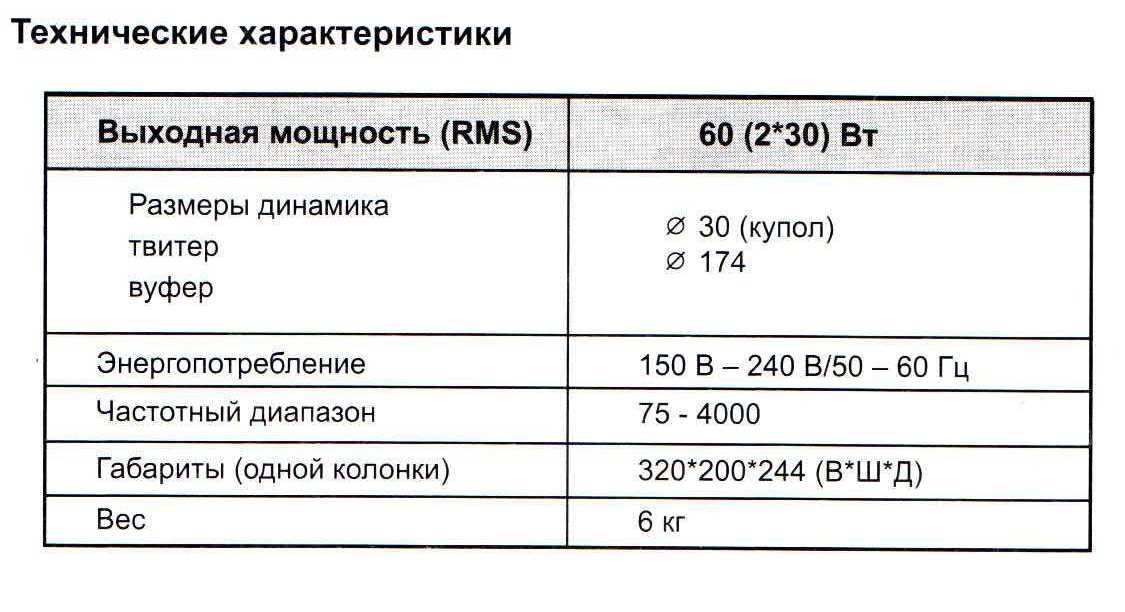 Sensitivity is the parameter that really determines volume. It is measured in dB and shows how strongly the sound affects the surrounding area. Higher sensitivity means louder, more powerful sound. It is measured at a distance of a meter from the speaker using a 1 kHz sound supply with a power of 1 W.
Sensitivity is the parameter that really determines volume. It is measured in dB and shows how strongly the sound affects the surrounding area. Higher sensitivity means louder, more powerful sound. It is measured at a distance of a meter from the speaker using a 1 kHz sound supply with a power of 1 W.
The human ear detects a sound signal in the range of 20Hz – 20kHz. In this case, low frequencies are in the range of 20-150Hz, medium - 100-7kHz, high - 5kHz-20kHz. If you are looking for acoustics for a home theater, then frequencies in the range of 100-20 kHz are sufficient. For universal use, it is worth considering acoustics with an extended range - 20-35 kHz.
Important: After 30 years, a person perceives frequencies that are higher than 16 kHz and lower than 30 Hz weaker.
How the level of the output signal depends on changes in frequency is shown by the amplitude-frequency response (AFC). The ideal shape of the graph is straight, passing at the rated power level. But in practice this does not happen. The closer the frequency response graph is to a straight line, the better. Any sudden changes indicate that the acoustics are distorting the sound
Material of manufacture - what is it made from?
The material from which the speakers are made affects the sound quality. It can be plastic, wood, chipboard. Each material has its own pros and cons. For example, plastic is a cheap, lightweight material. Even speakers with unusual designs distort the sound at high volumes. Usually, they are connected to a computer.
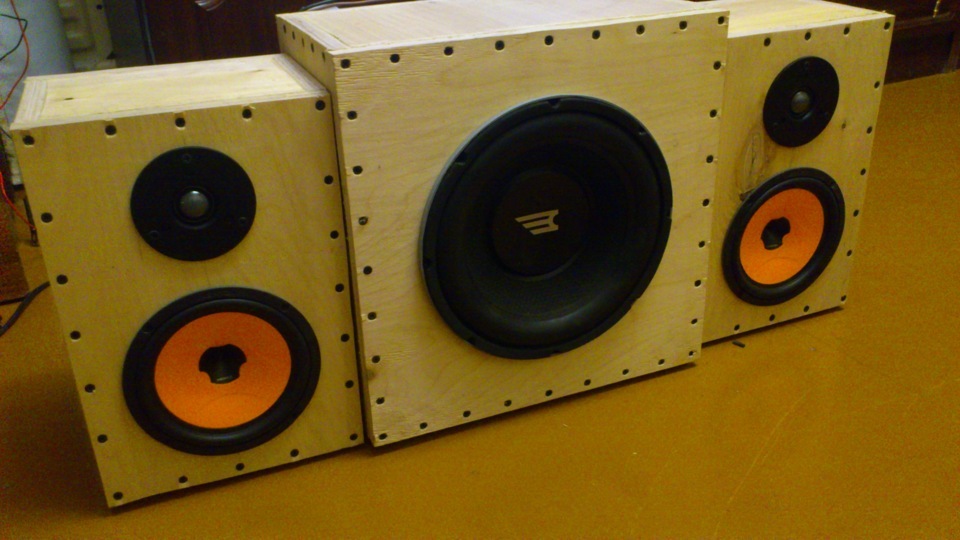 Their cost is one of the lowest.If you plan to listen to music, it is better to do this through acoustics with a wooden or chipboard body. This will be a good option. Such speakers do not rattle, they have virtually no sound distortion, and they provide decent sound quality. But this should not be the main buying argument.
Their cost is one of the lowest.If you plan to listen to music, it is better to do this through acoustics with a wooden or chipboard body. This will be a good option. Such speakers do not rattle, they have virtually no sound distortion, and they provide decent sound quality. But this should not be the main buying argument.
Now you know that when choosing a speaker system you cannot limit yourself solely to price, external design and color. We hope that this article will help you choose an option that suits your needs and discard unnecessary options.



